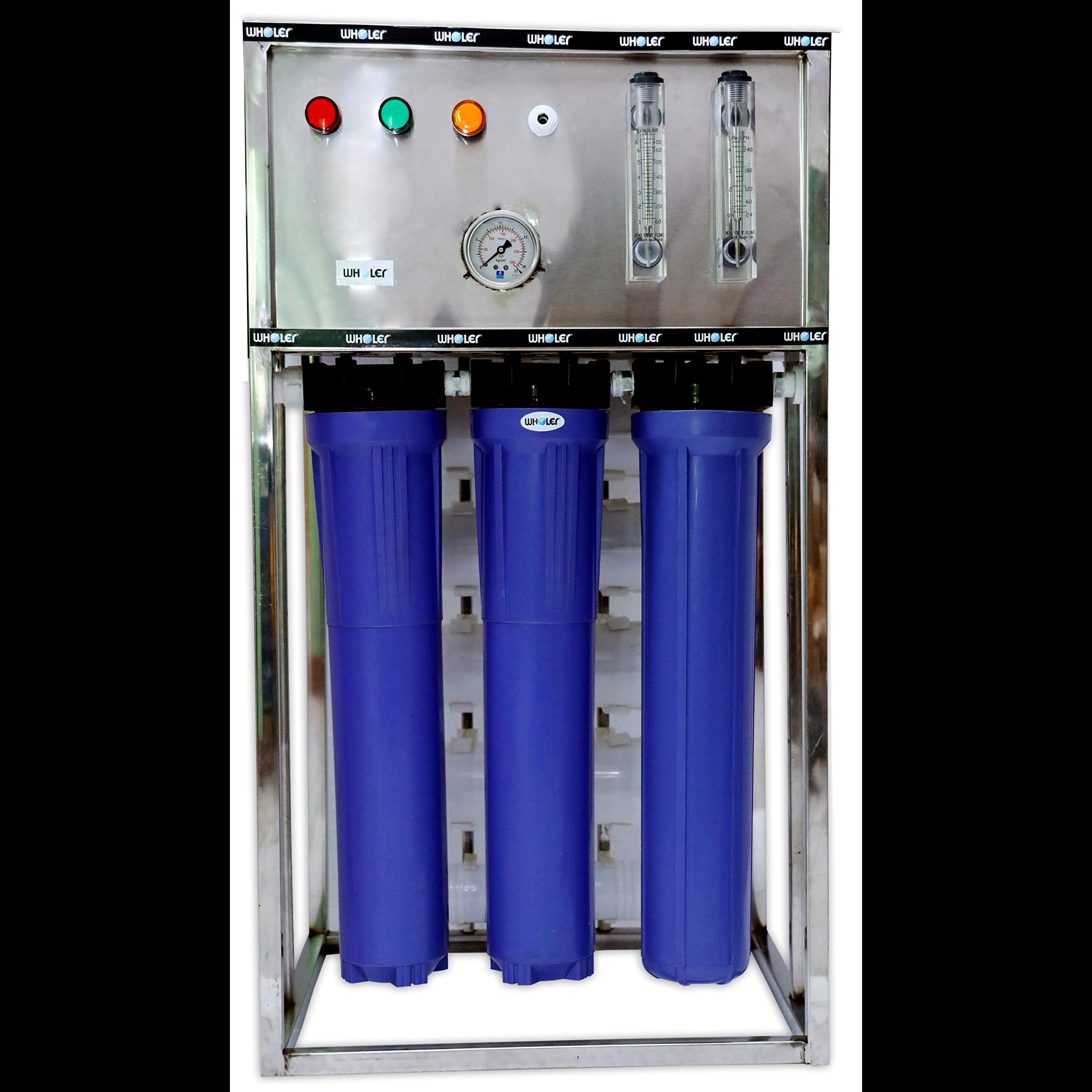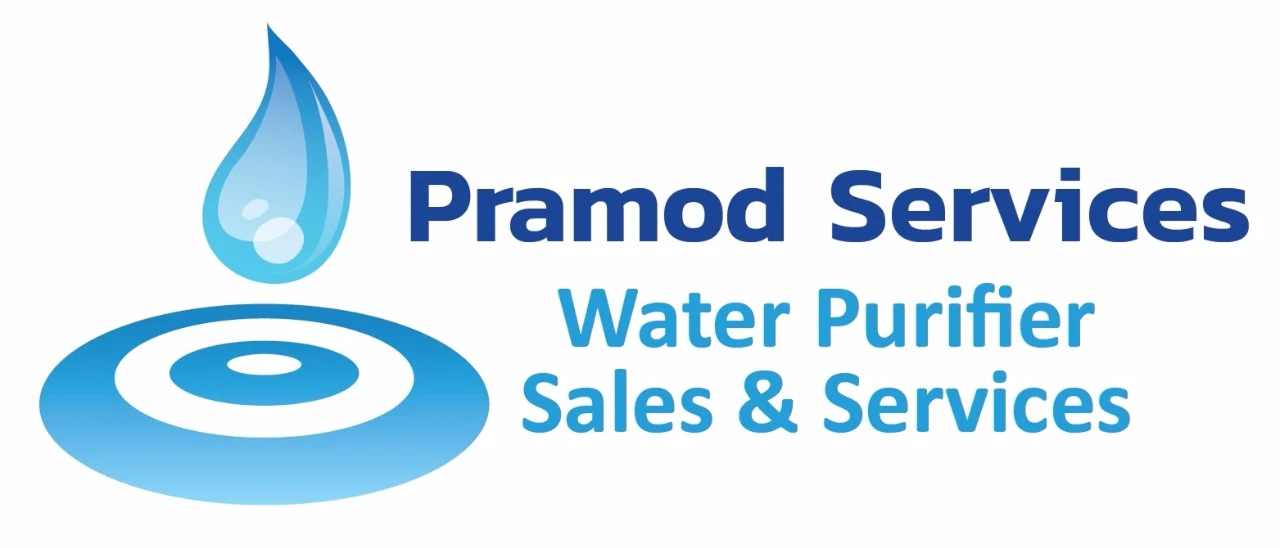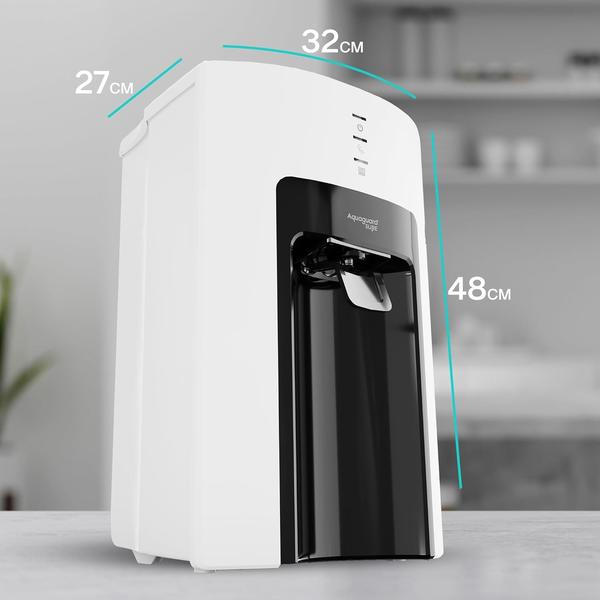
A typical 150 LPH (Liters Per Hour) RO plant includes a flow rate of 150 LPH, uses a stainless steel or FRP (Fiber-Reinforced Plastic) construction, and features 5-8 purification stages, such as pre-filters, carbon filters, RO membranes, and a post-carbon filter. Key components are a heavy-duty booster pump, auto-shutoff, and a TDS controller, with filtration suitable for input water TDS up to 2000 ppm. The system can be semi-automatic or fully automatic, with optional UV and Ultrafiltration (UF) stages for enhanced purification.
Core Specifications
Flow Rate: 150 Liters Per Hour (LPH).
Construction: Primarily Stainless Steel (SS 304 or SS 316) or FRP.
Input Water TDS: Designed for water with TDS levels typically above 1000 ppm, often up to 2000 ppm or higher.
Automation: Can be manual, semi-automatic, or fully automatic, depending on the model.
Filtration Stages
A standard 150 LPH RO plant includes multiple stages:
Pre-Filters: Sediment filters (e.g., 5-micron) to remove large particles like dirt and rust.
Activated Carbon Filter: Removes chlorine, organic impurities, and odor.
RO Membrane: Removes dissolved solids, heavy metals, and other contaminants.
TDS Controller: Adjusts the taste by maintaining essential minerals in the purified water.
Post Carbon Filter: Improves the final taste and odor of the water.
Optional Enhancements
UV Sterilization Unit: Destroys microorganisms like bacteria and viruses.
Ultrafiltration (UF): Further enhances water clarity and taste.
Other Components
Booster Pump:
A high-pressure pump to provide the necessary pressure for the RO membranes.
Auto Shut-OFF/Flushing:
Features to automatically shut off the system when the tank is full and flush the membranes to extend their life.
Piping:
Typically includes stainless steel or UPVC piping for the system's connections.



